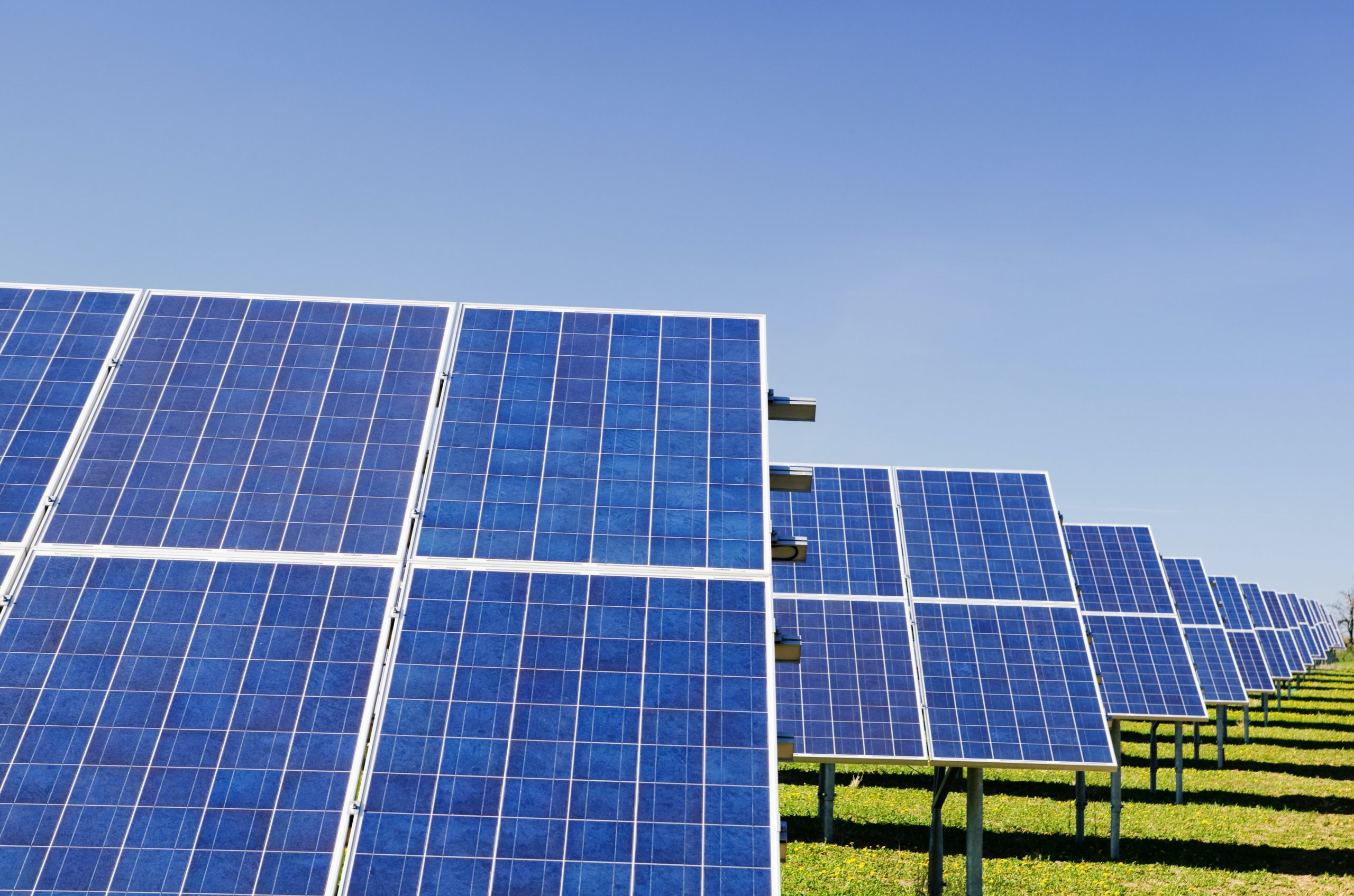
New research examines how thermal energy storage solutions can be applied to the traditional power grid to revolutionize decarbonization efforts using renewable energy sources
The surge in variable renewable energy sources such as wind and solar photovoltaics is revolutionizing the power generation landscape. Critical to the decarbonization of electrical power systems, variable renewables are also challenging the traditional ways of balancing energy supply and demand due to their weather-dependent variability. This shift necessitates a robust solution for energy storage: a solution that can not only store excess electricity during periods of low demand but also stabilize the grid against unpredictable fluctuations.
A team of researchers including Khalifa University’s Prof. Matteo Chiesa, head of the Laboratory for Energy and Nano Science (LENS), modeled a real-world electricity system coupled with an existing thermal energy storage concept to show how adding photovoltaic storage systems to existing grids can contribute to the efficient stepwise decarbonization of electric power systems. Their model showed that power availability increases with increasing storage size and vastly increases in carbon dioxide reduction scenarios as the storage unit is used differently. When carbon dioxide emissions are reduced, the power system must be less dependent on the fossil fuel technologies that currently serve the grid and rely more on the power generated by the photovoltaic storage unit.
Prof. Chiesa collaborated with researchers from MIT and the Arctic University of Norway. Their results were published in Applied Energy, a top 1% journal in engineering and environmental science.
“Usually, studies modelling the integration of energy storage into power systems start from a hypothetical clean slate or ‘greenfield’ scenario, which doesn’t always translate effectively into real-world applications,” Prof. Chiesa said. “Our study pragmatically considers the transformation potential of existing electricity infrastructures towards decarbonization.”
By absorbing surplus electricity and dispatching it during demand peaks or production downtimes, energy storage systems ensure a continuous and balanced power supply. They also enable a greater share of cost-effective renewable energy technologies in the energy mix, mitigating the need to curtail renewable generation when it outstrips immediate demand.
While technologies like pumped hydropower storage and compressed air energy storage have been the bulwarks of large-scale energy storage, their geographical locations prompt the need for more universally applicable solutions. Hydrogen storage offers promise for long-term needs but grapples with high capital costs, making it most suitable for seasonal storage. Lithium-ion batteries are perfect for short-term storage but remain prohibitively expensive for multi-day storage, which is critical for full grid decarbonization.
Thermal energy storage (TES) is a promising alternative, showing potential to achieve the low capital costs required for long-term storage. The TES concept differs fundamentally from traditional batteries by storing electricity as heat using materials like graphite blocks. The stored heat is later converted by to electricity using thermophotovoltaics on demand. Despite efficiency losses during this conversion, the overall cost benefits of TES could offer a compelling tradeoff.
“The thermal energy grid storage (TEGS) concept builds on the TES principle but with the complete decoupling of charge and discharge capacities,” Prof. Chiesa said. “This design allows TEGS to store large amounts of energy quickly and discharge steadily over time, ideal for matching the intermittent supply of variable renewable energy sources with consistent demand.”
The research team’s work presents a framework for evaluating the value of integrating TEGS into an existing grid and explores how different storage sizes linked to a photovoltaic plant can enhance power availability and how emission constraints may influence this dynamic. By focusing on a TES unit already operational — albeit at a lab scale — this research suggests a way forward that includes the systematic incorporation of emerging technologies into existing infrastructures, a move that promises a more resilient and sustainable energy future.
While the current model does not account for all grid complexities or the unpredictability of variable renewable energy generation, the team says future research could refine these models to better assist power system planners and policymakers in managing grids and optimizing renewable energy use.
Jade Sterling
Science Write
28 November 2023






